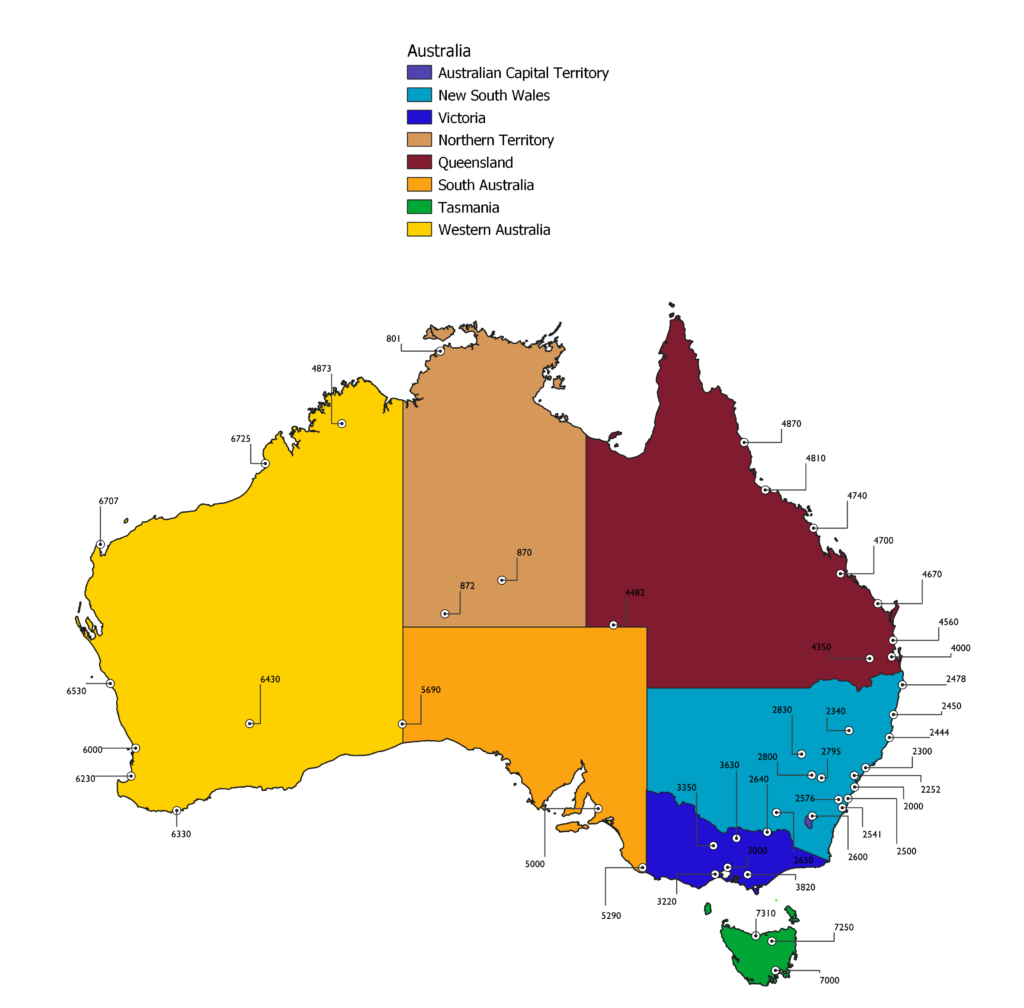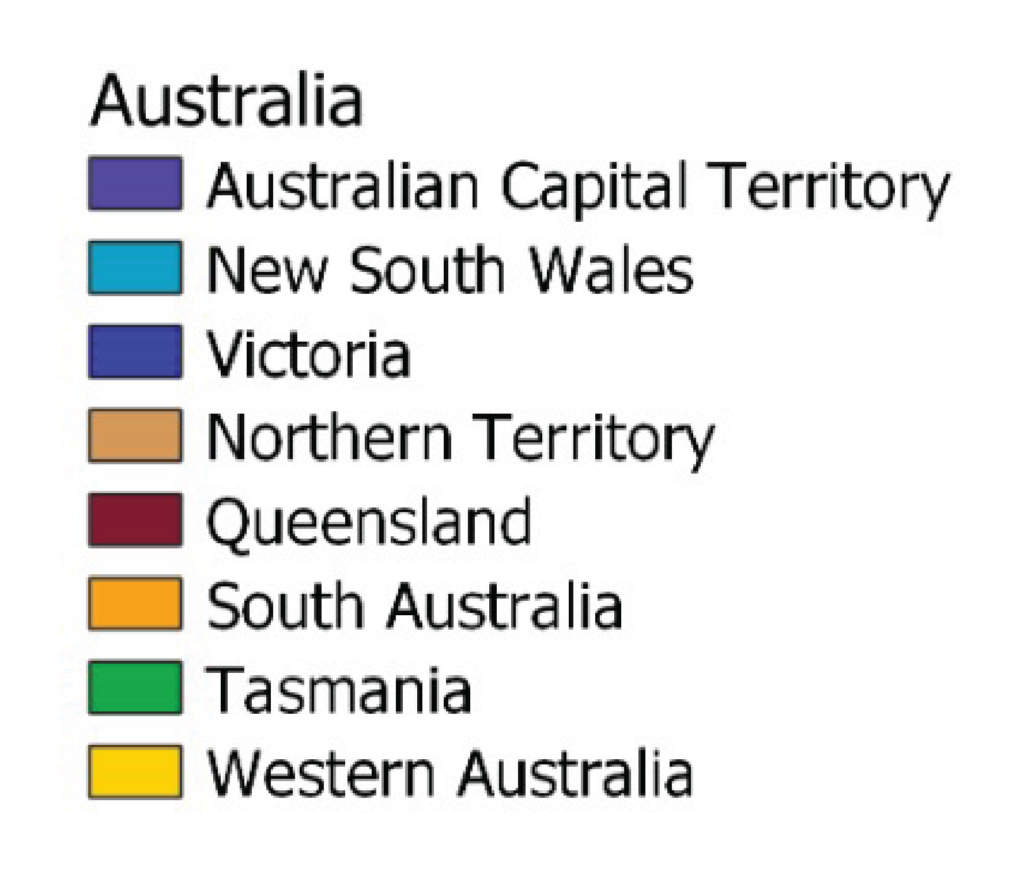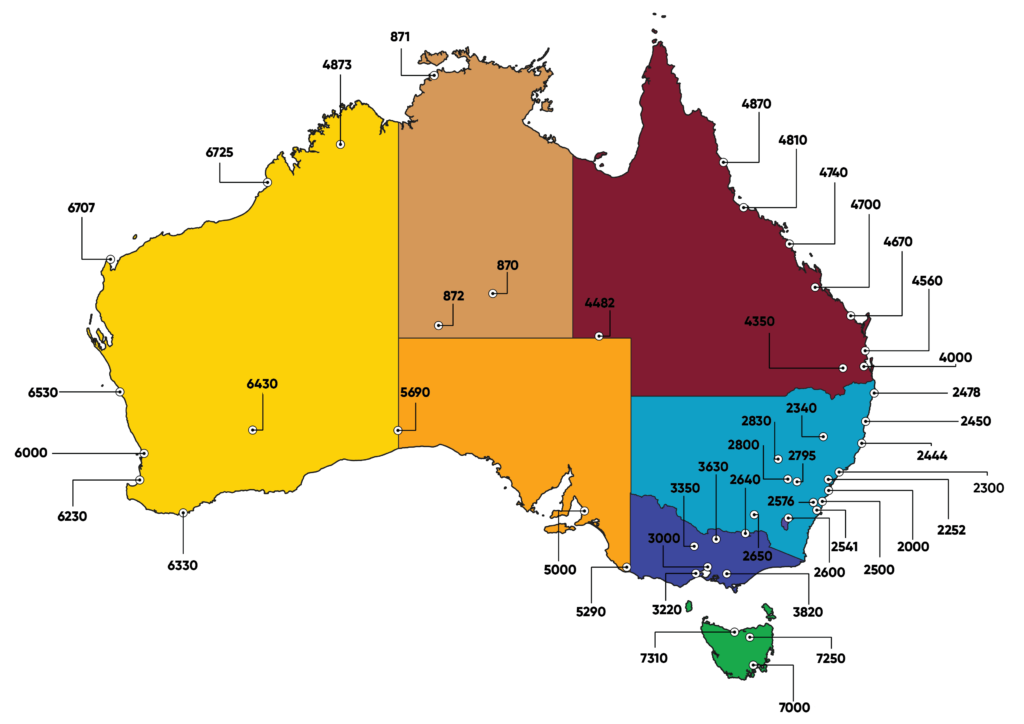
The first façade engineering division to account for planetary changes through advice, literature, live climate data, online tools and research
Through façade engineering requires comprehension of meteorological data and wider regional physical characteristics. One dimensional approaches are not enough.
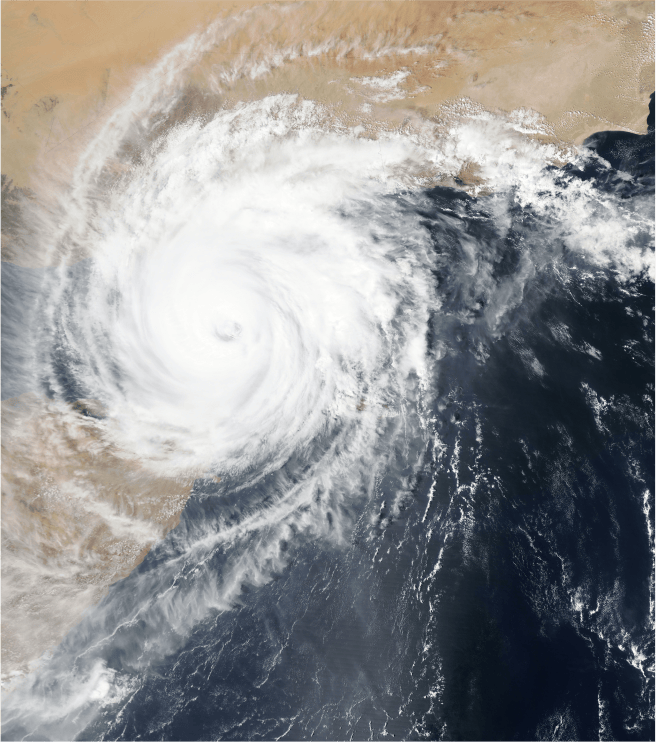
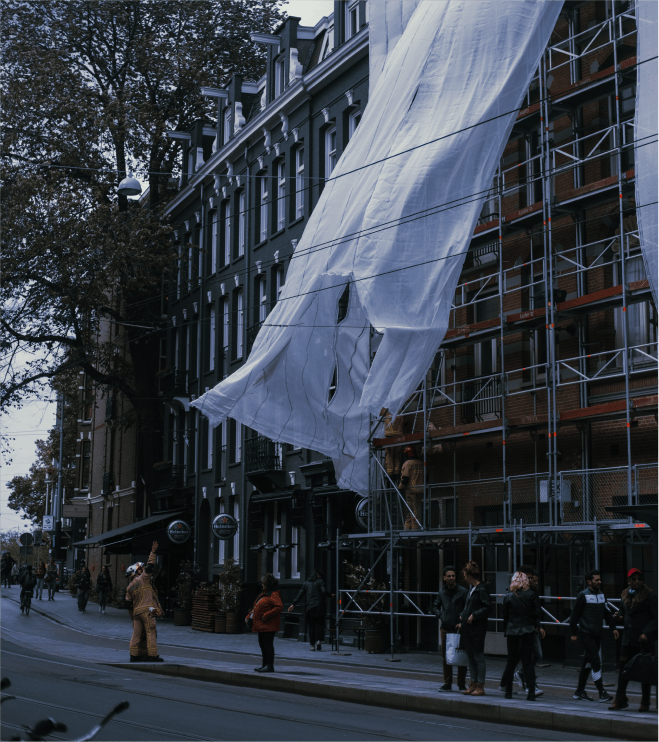
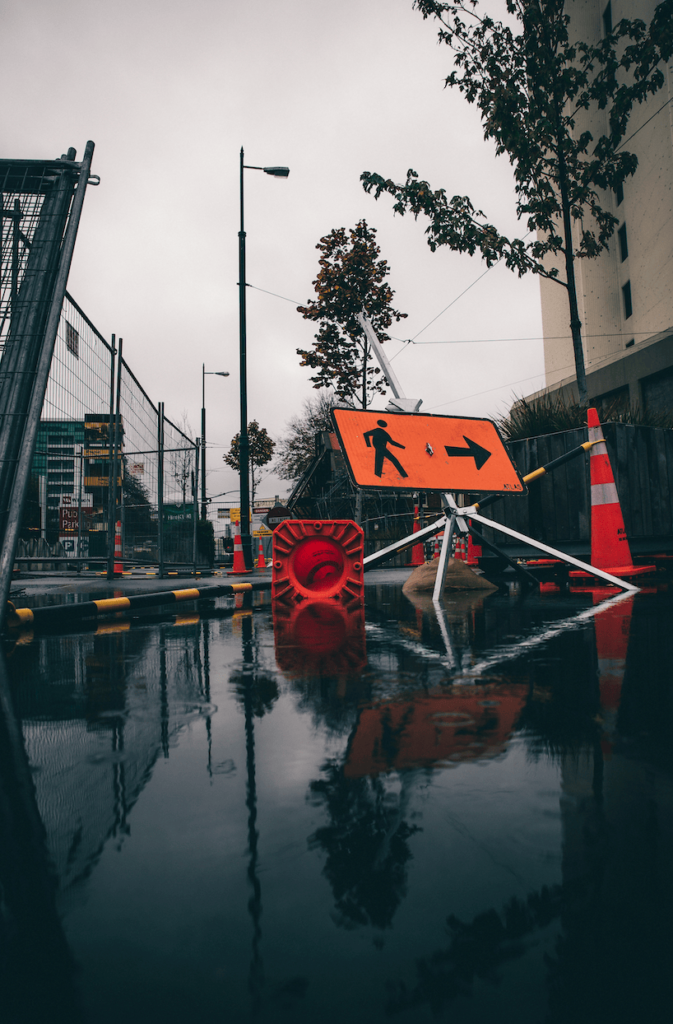
BIOME is a scientific division that is dedicated to connecting climate and façade engineering through the study of meteorological, climatic and environmental sciences to answer questions about the way in which existing and future facades will need to interact with a changing world, Biome shifts.
This is a dedicated free service for the construction industry which helps mitigate potential loss and increase site safety. The aim is to provide those that build, manage and commission construction an opportunity to get ahead in readiness for inclement weather.
Aquatic biomes encompass freshwater and marine environments. Freshwater biomes include lakes, rivers, ponds, and wetlands, while marine biomes cover oceans, coral reefs, and estuaries.
Earth’s surface comprises of over 70% of water. The oceans and rivers act as a conveyor belt which help regulate regional and global climate and weather patterns. Green House Gases contribute to global warming. Water vapour constitutes ~70% of this, with Carbon Dioxide as the next largest contributor at ~20%.
Temperature regulates the volumes of water vapour in our atmosphere. The warmer the Earth gets; the more evaporation occurs resulting in a reciprocal feedback scenario where the outputs are only compounding.
Focus is often on Carbon sequestration as opposed to improvement of the Biome.
Our waters have a unique surface microlayer. This microlayer helps control evaporation and the propagation of clouds which in turn regulates atmospheric precipitation and temperatures.
The surface microlayer is a threshold where toxic chemicals and particulates remain suspended and unable to breakdown. This inhibits the natural function of the microlayer.
Fortis have developed and are continuing to develop technologies in collaboration with scientists, industry professionals and product specialists that positively influence the following:
Reduce toxic pollution from both building envelopes and water runoff during and post construction.
Water retention and attenuation systems which control transient water on a structure’s façade.
The temperate deciduous forest biome can be found in parts of North America, Europe, and Asia. It features four distinct seasons, with cold winters and warm summers.
The Earth’s forests are a valuable resource providing carbon storage, oxygen and timber for construction. Increased deforestation exploits a valuable resource and alters the energy balance of the Earth.
The current condition of forests on the Earth and the resources we use are degrading owing to over exploitation and unsustainable forest management.
Altered forest productivity as a result from climate change impact the health and vitality of timber yields.
Over foresting leads to an exhaustion of resources and habitats. This loss of biodiversity affects the health, quality and resilience of both forests and timber.
Fortis acknowledge that the construction industry accounts for 40% of the worlds emissions. Whilst our objectives will present the clear advice on sustainable construction, this can be accounted for in several ways. These are not simply ‘greenwashing’ tactics but an ability to reconcile meaningful construction that lasts.
Deserts are arid environments characterized by low rainfall and extreme temperatures. They can be hot deserts, like the Sahara, or cold deserts, like the Gobi.
One-third of our planet is desert and is fundamental in the regulation of our climates.
Our deserts also harbor eco-systems and life
27 million tonnes of desert dusts that deposits into the amazon bason, this fertilizes one of the largest natural environment in the world. This ensures oxygen supplies for the entire amazon region. The forests transport water through their vast capillary network to be released via trans-evaporation into the atmosphere making the largest body of water on the planet.
Desert borders are migrating both latitudinally and longitudinally.
Boundary expansions are primarily influence by global climate patterns such as alterations in rainfall, temperature, ocean currents, atmospheric circulation and regional and non-local climate variations.
We’re seeing increased levels of desertification; fertile and productive lands are becoming increasingly arid, barren, and less capable of supporting life.
Using GIS modelling our structures are profiled for specific climatic regions, but we are able offer climatic projections forward with expected higher global average temperatures.
This means we design facades to limit their contribution to urban-heating and by designing around the Sun’s variability.
Through material expansion and coefficient property analysis we can recalibrate increased anticipated differential temperatures for our structures to demonstrate inherent resilience design for future projected climates.
Grasslands are regions with fertile soils and moderate precipitation. They can be classified as temperate or tropical.
Grasslands offer a range of benefits to the planet, from carbon sequestration, providing water security through groundwater aquifers and regulate the Earth’s energy balance by reflecting solar energy back into space.
Grasslands provide one of the largest ecosystems for flora, animals and insects to habitat.
They also control water flow rates, purify through filtration water and reduce the risk of flooding through soil stability.
Intensive agriculture, including the use of monoculture crops and chemical fertilizers can lead to soil degradation, water pollution, and the loss of native grassland species.
The exploitation of grassland environments for minerals and resources create changes in land use alter the reflective properties of the environment resulting in higher surface, and atmospheric temperatures.
Fortis have conscientious approach to material sourcing based on geography; origins of the material source and the application of its intended use, carbon footprints can be reduced.
A focus on the reduction of translocating goods and materials reduces reliance on global geographic procurement and carbon footprint.
Reducing demand for industrial sprawl into these grasslands will guarantee the survival of regional ecosystems that this biome supports.
Grasslands are regions with fertile soils and moderate precipitation. They can be classified as temperate or tropical.
The Arctic and Antarctic regulate our climate.
The tundra’s offer storage of water in frozen format which controls our oceanic currents, our jet streams and atmospheric processes.
The ice also provides resilience through its reflectivity of solar radiation. The bodies of ice and permafrost act as mass heat sinks which govern the aforementioned systems.
The lower temperatures influence the rates at which flora grows and mechanical properties of these materials such as trees.
Under the current climate the Earth is subject to glacial retreat, the loss of polar ice caps and permafrost degradation. Decline in ice amount is detrimental to global sea levels and atmospheric process
As the planets ice retreats and melts the Earth is subject to increase in fresh water being released into the oceans and sequestered atmospheric gases are released back into the atmosphere.
Thawing permafrost can release large amounts of greenhouse gases, such as methane and carbon dioxide, into the atmosphere, contributing to global warming.
Resilience design in facade engineering can be applied via passive measures. With rising sea levels and increased water in our atmosphere we’re seeing needs for improved façade grounding techniques. This is covered by our specific flood residence design which helps insure and project buildings that are and maybe subject to flood risks.
Corrosion rate analysis with project sea-level rises are essential to consider for regions thought previously to be at low risk.
Humidity assessment with project increases can help influence design strategies specific to their physical geography.
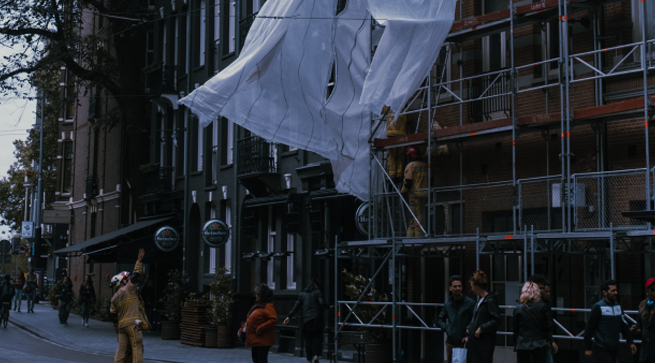
SITE-MET© is an early adverse weather warning service to aid the construction industry in the protection of personnel, material and plant assets.
We have developed this service so that all trades and disciplines can subscribe to an automated early warning facility which will send site operatives and clients protection measure guidance checklists specific to the impending climatic condition to a specific region.
Our objective is to provide helpful guidance by offering a system which reduces tasks and only induces readiness for inclement weather which can result in minor but also major delays. Personal safety, mitigating asset loss and loss of downtime is at the focus of the guidance.
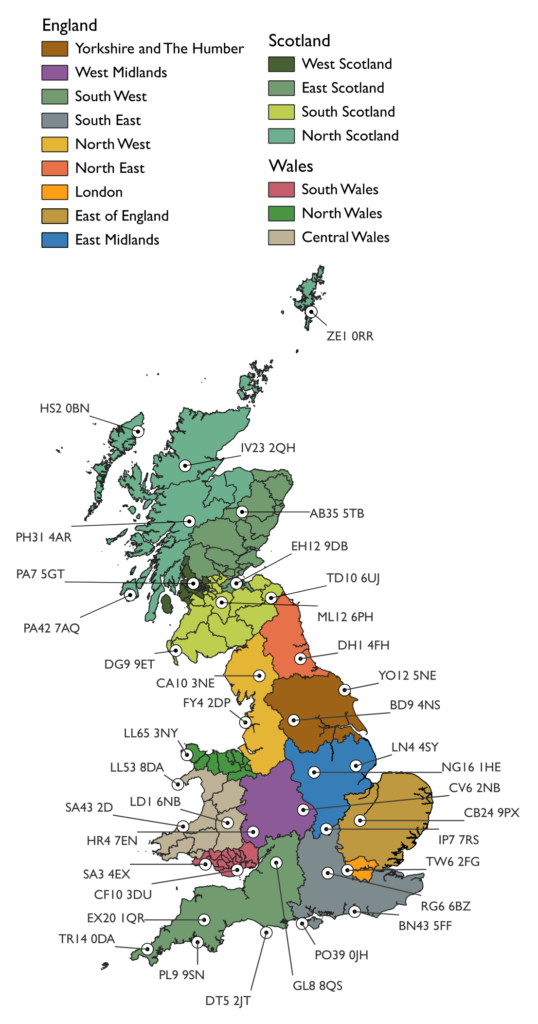

SITE-MET© is an early adverse weather warning service to aid the construction industry in the protection of personnel, material and plant assets.
We have developed this service so that all trades and disciplines can subscribe to an automated early warning facility which will send site operatives and clients protection measure guidance checklists specific to the impending climatic condition to a specific region.
Our objective is to provide helpful guidance by offering a system which reduces tasks and only induces readiness for inclement weather which can result in minor but also major delays. Personal safety, mitigating asset loss and loss of downtime is at the focus of the guidance.
